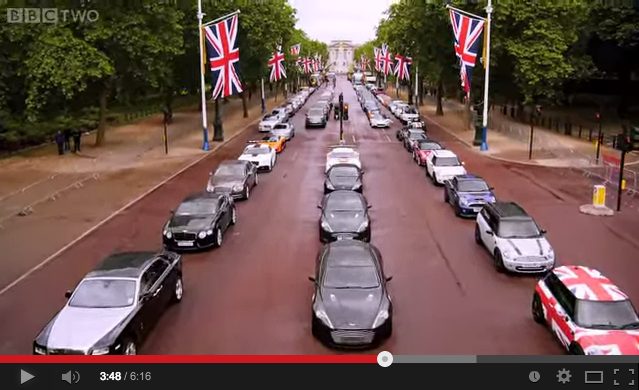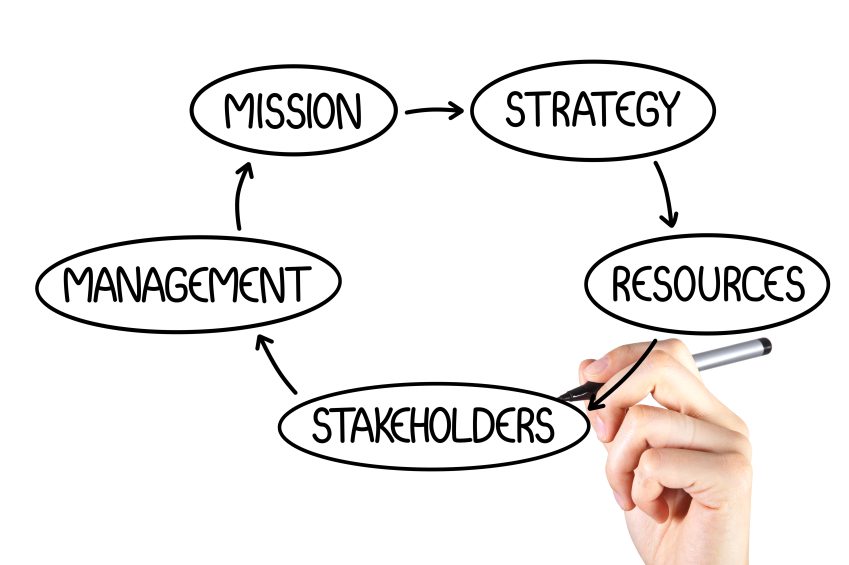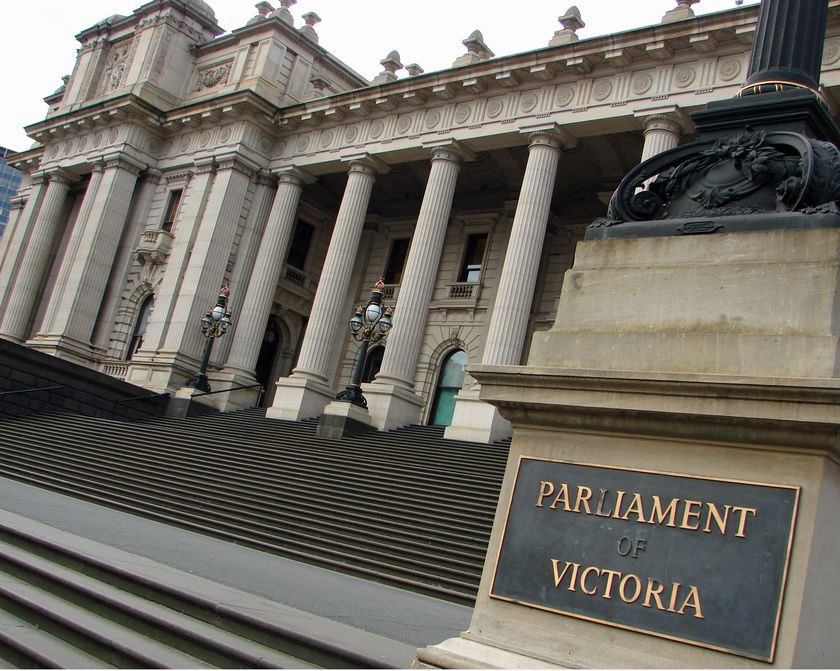Australian manufacturing: good news needs to be told and sold
By John Kananghinis
With the demise of the Australian car manufacturing industry there has been hysteria at the prospect that all Australian manufacturing is doomed.
This is clearly not true. What is true is that our high input and labour costs, combined with our relatively small and yet crowded market do not allow us to compete in the manufacture of large volume , highly competitive, relatively low margin consumer products, such as the average car or white goods.
However what we can do is design and manufacture high value vehicle components, niche vehicle modifications, and complete special purpose vehicles.
A little while ago Top Gear took on the myth that the British car industry is dead – this footage clearly shows that they debunked that idea.
Admittedly the Brits do have a slightly larger market and geographic proximity to many more consumers, not to mention Japanese, German and Indian money behind many of their mass or luxury market cars, but the point to be made is much the same.
All industries go through transitions from the original business model to the one that suits the times. If they don’t they simply die. No amount of tax-payer subsidy will change that.
Well, you could try, but eventually you would end up with the Soviet era shoe factory that measured success in production units only and not sales. Consequently they produced millions of perfectly reasonable shoes, only in one style and in one size and only for left feet. Job done!
Even the recent National Commission of Audit further confirmed that trying to pick winners is ultimately not a sustainable economic setting. Industry assistance should be the exception not the rule with a heavy bias to supporting R&D rather than bolstering unsustainable markets.
We do make a lot of technical auto type stuff in this country and very successfully. We just don’t tell anyone about it, or more to the point we spend all of our effort (certainly all of the news media effort) on looking backwards and maximising the doom factor. That makes for much more arresting headlines.
Almost all component manufacturers providing parts to Ford, GMH and Toyota have had a great deal of notice that local vehicle manufacture could well cease. Most will have been working for some time on diversification and often with considerable success. Of course others may have simply made the valid business decision to shut up shop when supply of components for local manufacture are no longer needed.
However let’s name just a very few of the automotive thingies we do make, and will most likely continue making well past the closure of the traditional car manufacturing plants.
Motorhomes: Brands such as Jayco, Trakka, Apollo, Avida, Suncamper, Cruisin’ and more, many exported to New Zealand and other markets.
Military vehicles: The Australian designed and built Bushmaster troop carrier is in operation with the military of the following nations, Australia, Great Britain, The Neatherlands, Japan, Indonesia and Jamaica.
Trucks: Kenworth, Volvo, IVECO and CAT all build a range of heavy trucks in Australia.
Earth moving and agricultural machinery: From diggers to harvesters to specialty machines for uniquely Australian conditions.
Buses: Most buses and tour couches in Australia are still body-built locally on imported chassis.
Emergency Vehicles: From ambulances to fire trucks to off-road rescue vehicles designed and built in Australia on locally produced and imported chassis, the vast majority of our emergency vehicles are largely Australian built.
Components, Design and R&D: Even the retreating mainline vehicle manufacturers have indicated that due to the specialist skills developed they will be keeping large sections of their local R&D and design capabilities. Automotive component makers of all sorts will continue to provide high value parts for many years to come.
Australia also makes trams, train carriages, truck trailers and even a whole lot of aircraft parts for the latest military and commercial planes built both in Europe and the USA.
The lesson is clear.
If you have a good news story to tell there is a willing audience and very often a willing partner in State and Federal Government to help you tell it. However, you need to take the lead in getting the story out there.
The bad news stories sell themselves. Good news needs skilful packaging and presenting. The resulting positive impact on companies and workers, let alone the broader community, is worth making the effort.
As part of a business supporting communication strategy, ICG has helped many companies make the most of their good news. If you have good news there is no point hiding it, take the opportunity to add to a collective positivity index.
JK













Leave a Reply
Want to join the discussion?Feel free to contribute!